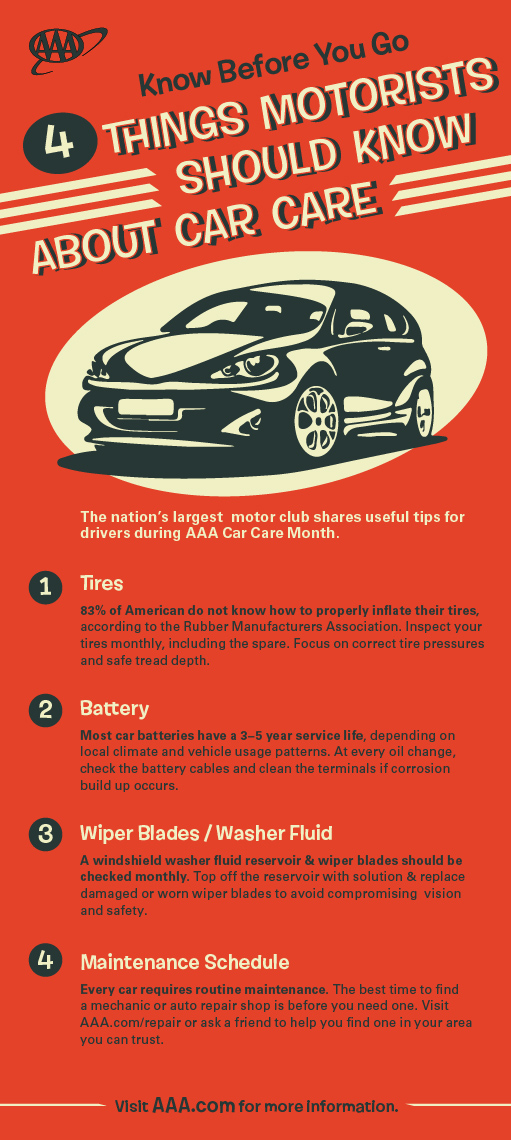Deciphering Your Vehicle'S Warning Indicators: What They Really Indicate
Deciphering Your Vehicle'S Warning Indicators: What They Really Indicate
Blog Article
Author-Lauritsen Corbett
When you lag the wheel, those glowing warning lights on your dashboard can be a little bit difficult. Do look at these guys know what they're attempting to tell you regarding your cars and truck's health? Understanding the significance of these lights is essential for your safety and the longevity of your automobile. So, bestautodetailingauckland following time one of those lights appears, wouldn't you want to decipher its message properly and take the necessary actions to resolve it?
Common Caution Lights and Interpretations
Determine typical warning lights in your vehicle and comprehend their meanings to make certain secure driving.
One of the most typical warning lights include the check engine light, which signifies problems with the engine or emissions system. If this light begins, it's critical to have your lorry examined quickly.
The oil pressure alerting light suggests reduced oil stress, requiring instant attention to stop engine damages.
A blinking battery light may recommend a defective billing system, possibly leaving you stranded otherwise resolved.
The tire stress monitoring system (TPMS) light signals you to low tire stress, influencing automobile security and fuel efficiency. Neglecting this can bring about harmful driving conditions.
The abdominal muscle light shows a problem with the anti-lock braking system, compromising your ability to stop promptly in emergencies.
Last but not least, the coolant temperature level advising light warns of engine getting too hot, which can result in severe damages if not resolved swiftly.
Comprehending these typical caution lights will help you deal with issues promptly and preserve risk-free driving problems.
Importance of Prompt Interest
Understanding the common warning lights in your automobile is only the initial step; the significance of without delay attending to these cautions can not be stressed enough to guarantee your security on the road.
When a warning light illuminates on your dashboard, it's your cars and truck's method of connecting a potential problem that requires attention. Neglecting these cautions can result in extra severe issues in the future, jeopardizing your safety and possibly costing you more out of commission.
Motivate interest to warning lights can protect against breakdowns and crashes. As an example, a blinking check engine light can show a misfire that, if left unattended, could trigger damage to the catalytic converter. Resolving this quickly can conserve you from a pricey repair.
Similarly, a brake system advising light could indicate low brake fluid or worn brake pads, important elements for your security when driving.
DIY Troubleshooting Tips
If you observe a warning light on your control panel, there are a few DIY troubleshooting pointers you can attempt before seeking professional assistance.
The initial step is to consult your automobile's guidebook to recognize what the particular warning light shows. Occasionally the concern can be as basic as a loose gas cap triggering the check engine light. Tightening up the gas cap may solve the trouble.
An additional usual concern is a low battery, which can activate numerous advising lights. Checking the battery connections for deterioration and guaranteeing they're safe might repair the problem.
If a warning light lingers, you can attempt resetting it by detaching the vehicle's battery for a couple of minutes and afterwards reconnecting it. Additionally, examining your lorry's liquid degrees, such as oil, coolant, and brake fluid, can help troubleshoot alerting lights associated with these systems.
Conclusion
To conclude, understanding your cars and truck's caution lights is essential for keeping your automobile running efficiently and safely. By immediately resolving these notifies and knowing what they suggest, you can stay clear of expensive repair services and prospective malfunctions.
Remember to consult your car's handbook for particular details on each advising light and take action accordingly to make sure a trouble-free driving experience.
Stay informed, stay secure when driving!
